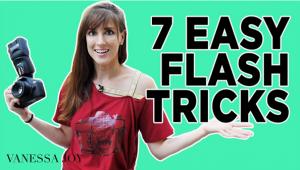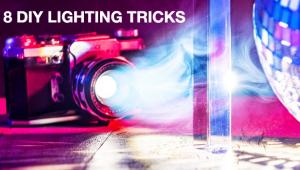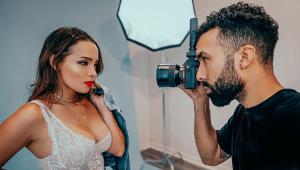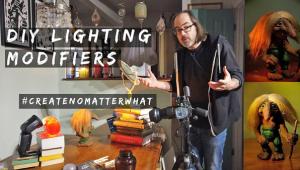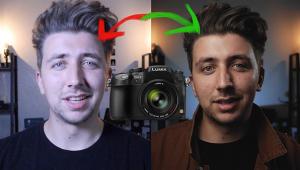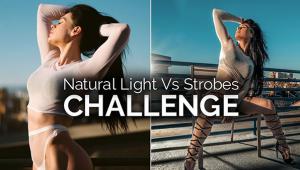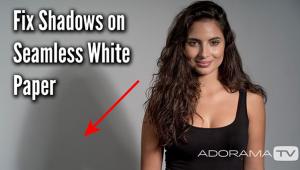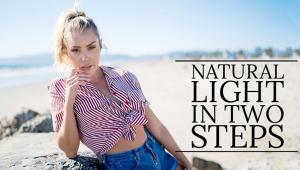The professionalism that you will really sense just by looking at the photos is really undeniable. - YORHealth
Available Light: I Bring It With Me
I don’t have to light up rooms or freeze fast action very often—travel photography doesn’t usually call for that, and, besides, I really prefer to shoot in natural light. Fortunately, most of the time I can, but there are instances when a flash will make the difference in a picture by narrowing the scene’s contrast range, making it possible for the camera’s sensor to capture the details in shadow and highlight areas. Often flash is the only way for me to make a picture, as I don’t have the luxury of coming back when the light is better.
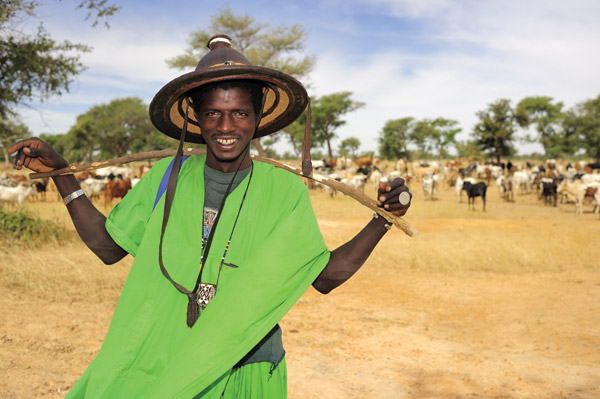
I carry three flash units with me (most of the time they’re my SB-700 Speedlights). I’ll usually work with one on the camera and sometimes add a second, off-camera and operated in wireless remote mode. The third’s pretty much a backup.
The key concern with flash is not the technique of using it—it’s incredibly automatic—but rather how it affects the people I want to photograph. Will it make me more noticeable, more intrusive? Will it inhibit people? I’ve found that people certainly notice the flash, but once they know what I’m doing, I’ve never run into a problem with anyone being less spontaneous or natural. Actually, once people see the flash and accept that I’m using it, they go about their business—and that’s exactly what I want. Most of the time flash means that I don’t have to move them into the light—or into better light. I can keep shooting even if the light isn’t optimum and not interrupt whatever they’re doing. And if their activity is a key element, I know I can shoot at a higher shutter speed and stop their motion if I want to.

All Photos © Maynard Switzer
Still, I do everything I can to minimize the physical appearance of the flash. My SB-700s are small, and the one on the camera looks almost like a part of the camera. And I use only one accessory with the flash—a 10-inch Ezybox softbox by Lastolite.
I rarely use the flash units at full power so the output tends to blend with daylight rather than be blindingly bright. I generally shoot people at -1.3 or -1.7 flash compensation; I find those settings make for the nicest, most natural-looking light. But if a person is strongly backlit, I’ll shoot at -0.3, about one-third of a stop less than full power.
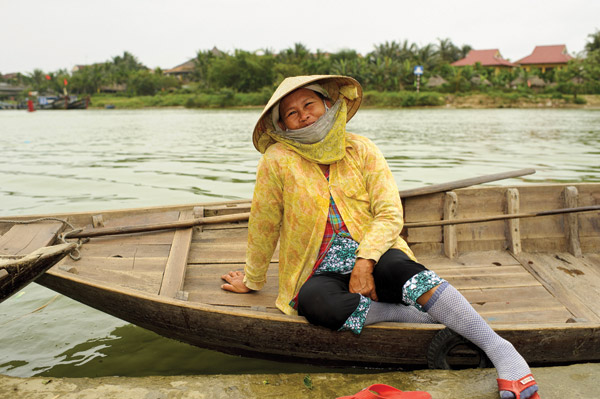
I use flash mostly with backlit subjects or when I’m in deep shade to open up shadows or reveal detail in the surroundings. When I shoot flash indoors, I try to use it in conjunction with daylight coming through a window. Often I’ll bounce the light off a white ceiling or wall. Sometimes I’ll bounce a second, off-camera flash off the ceiling to create what’s essentially overall ambient light, and I’ll use the on-camera flash as my main light.
I can clamp or tape the second flash almost anywhere, and in wireless operation I control its output from the camera. I can also put the second flash on a stand if I happen to have one. There’s also the possibility of using what I call an “animated light stand”—a cooperative person who’ll hold the flash for me just where I want it held.
If you’re considering adding a flash unit or two to your traveling kit, it’s really important to know what your flash can and will do, and at what settings. If you’re going to travel with flash, be familiar with it; the time to learn is not when you get to your destination; practice and learn at home before getting on the road.
Maynard Switzer’s website, www.maynardswitzer.com, features several portfolios of his travel images.
- Log in or register to post comments


